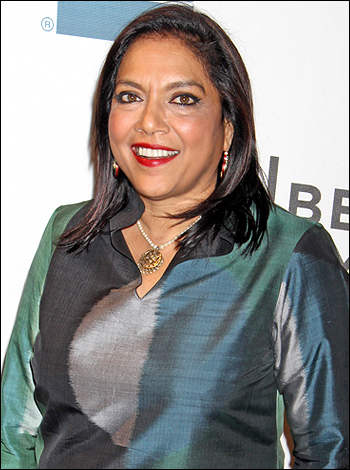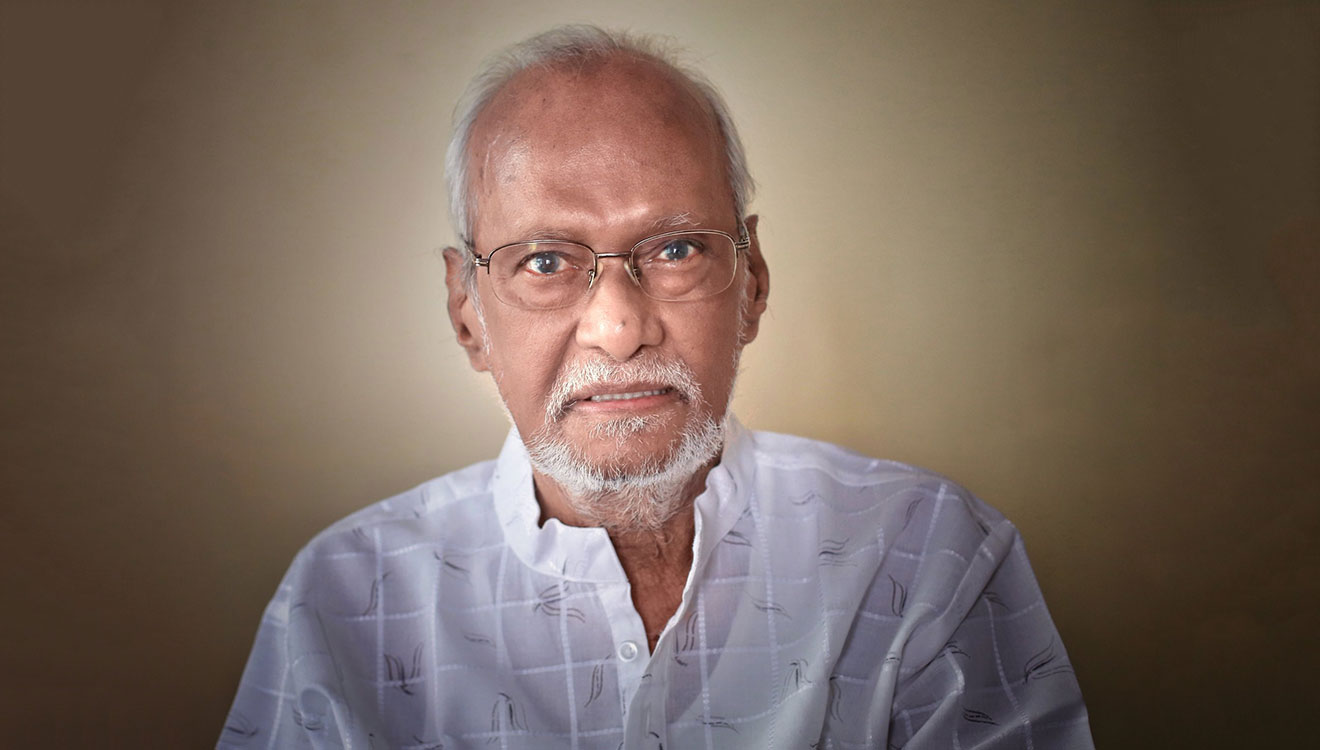The 71st edition of the Cannes International Film Festival, which starts on May 8, will see the screening of Nandita Das’ directorial Manto, starring Nawazuddin Siddiqui, under the Un Certain Regard category.
Cannes is a platform where some of the greatest films produced across the globe come to compete for the prestigious awards. With the next edition of the festival approaching, Silverscreen looks at the Indian movies that have made a mark at Cannes.

One of the first Indian films to gain worldwide recognition was the 1946 Hindi-Urdu film Neecha Nagar, which went on to win the Grand Prix du Festival International du Film award, now known as the Palme d’Or at the 1946 Cannes. Inspired by Hayatulla Ansari’s short story, the story focuses on the class divide in India. The film was directed by Chetan Anand.

Mira Nair’s 1988 film Salaam Bombay, set in the slums of Mumbai, was well-received by the critics and audience at the Cannes festival. The film won the Audience Award of the festival and also the Camera d’Or (Golden Camera) Award.

Malayalam filmmaker Shaji N Karun’s three films have been screened at Cannes in the past. His debut film Piravi (1988) received a special mention award at the Camera d’Or category of the festival. Then Swaham was nominated for the Golden Palm award at the 1994 Cannes. Finally, his Mohanlal-starrer Vanaprastham was screened at the Un Certain Regard category.

In 1999, Malayalam filmmaker Murali Nair made the film Maranasimhasanam which literally translates to ‘The Throne of Death’, was honoured with the Camera d’Or at the 1999 festival. This feature set in Kerala, is the tale of a villager who steals some coconuts to feed his family, and how he ends up being sentenced to death through a series of politically orchestrated events. The film is a hard hitting tale on the political climate and class oppression in contemporary Kerala.

The Marathi filmmaker, Rajaram Vankudre Shantaram’s Amar Bhoopali is a biopic about the poet Honaji Bala, set in the early 19th Century. The film was nominated for the Grand Prize of the festival, but it won the award for Excellence in Sound Recording.

Celebrated Hindi filmmaker Raj Kapoor’s Awaara is the story of a poor guy and a rich girl and the challenges that they overcome to survive on their own. This 1951 film was shortlisted for the most prestigious award of Palme d’Or.
Movies by three of India’s most accomplished filmmakers, Satyajit Ray, Mrinal Sen and Bimal Roy were also part of the festival. Ray’s landmark film Pather Panchali, Bimal Roy’s Do Bigha Zamin and Sen’s Kharij, were all part of this famous festival.
In the recent years, Vikramaditya Motwane’s Udaan and Neeraj Ghaywan’s Masaan were screened in the Un Certain Regard category in 2010 and 2015 respectively.
Recommended
Bollywood films like Raman Raghav 2.0, directed by Anurag Kashyap, and Sarabjit, directed by Omung Kumar, premiered at sidebar events of Cannes in 2016. Also, SS Rajamouli’s Bahubali was screened at the Marché du Film, a film market event that takes place alongside the festival. The sidebar screenings are held outside the Palais Des Festivals, the centre of all the festival action, including official screenings, and press and market interactions.
In the past, several Indian film makers like Mani Ratnam (Guru), Rajkumar Hirani (Lage Raho Munnabhai) and Sanjal Leela Bhansali (Black) have attended a Cannes premiere, hoping to bring their films to more international audiences.
Also Read: India At The Cannes Film Festival



